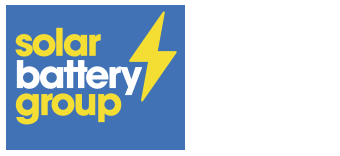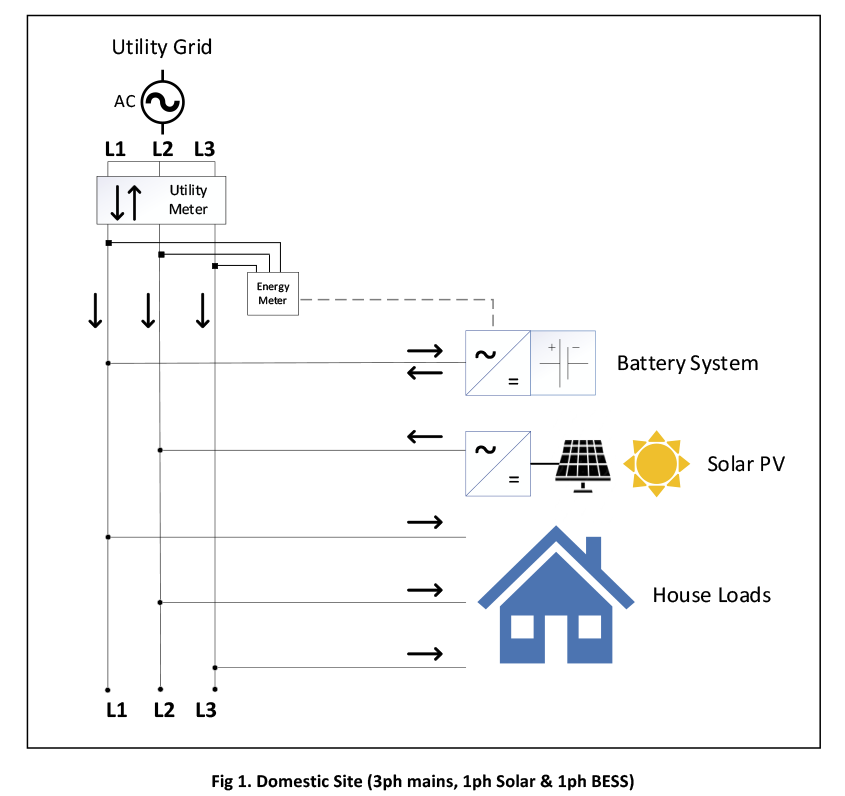Whether you have a single phase or 3 phase power system in place, the outcome will be the same for load balancing.
The power generated by any solar and battery system installed with a utility meter is directed to the household need initially and any excess generation is exported back to the grid. When the generation is lower than the demand, the grid supplies the difference. This means, you only pay for the electricity you actually use, and profit from the energy you export back to the grid.
With 3 phase power systems your utility meter takes into consideration the power flow from each phase and adds them together to create a single value before it goes back to the grid.
So, your battery which is separate from your utility meter will examine the overall power consumed, the solar power generated and regardless of the energy balance between each phase. With just one overall power value (even with a 3-phase system) for the battery to read, it will either charge or discharge the power in the battery to help you make the most of your solar and battery system.
Definitions
Demand/Load
The overall power demand from all connected loads across 3 phases, in kW.
Solar
On-site solar Inverter generation, in kW.
Battery
Power being directed towards charging/discharging of batteries, in kW.
Supply
The overall power being supplied from various sources to cover site demand, in kW.
Grid
The power being imported or exported to the grid, in kW. Positive value indicates import, whereas negative indicates export.
Utility meter
The power being recorded by the net meter at the point of supply, in kW.









